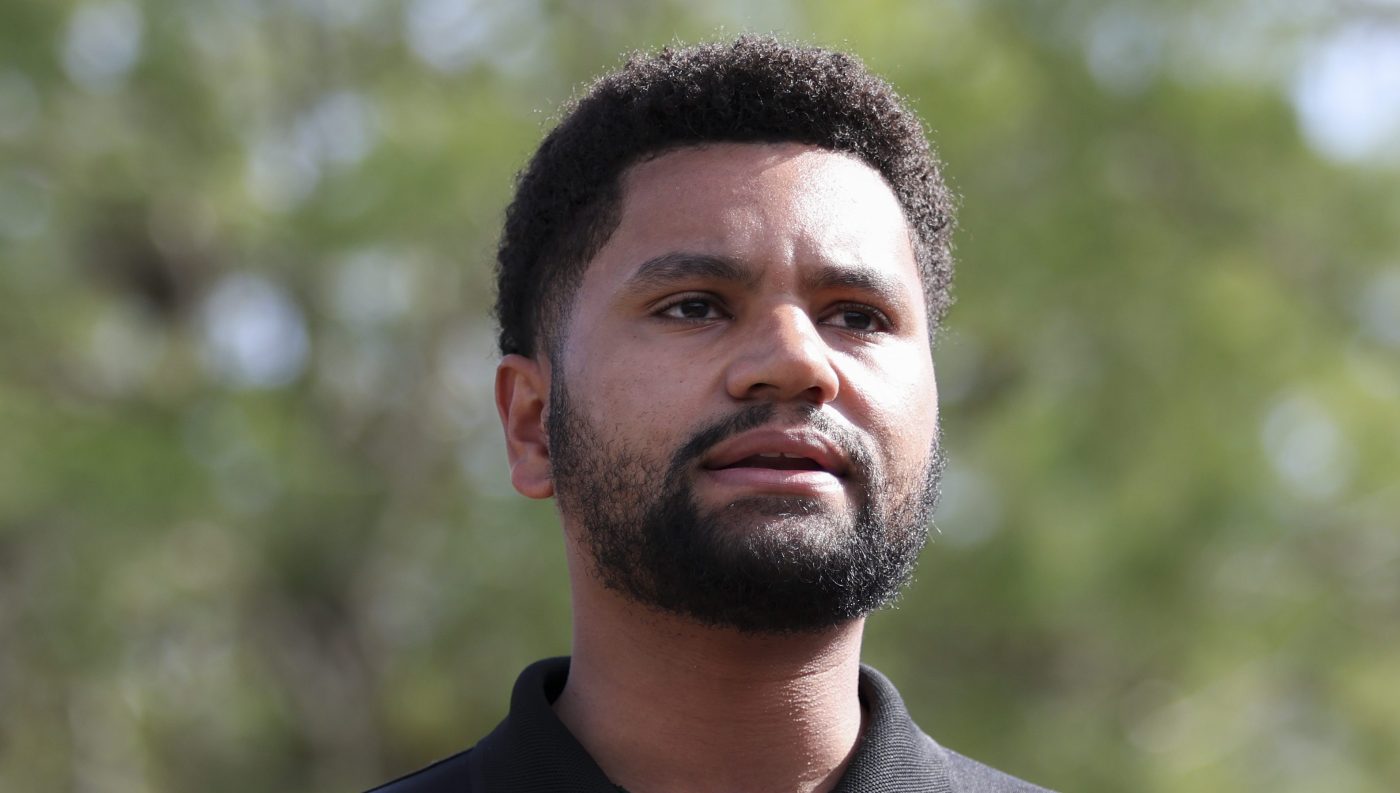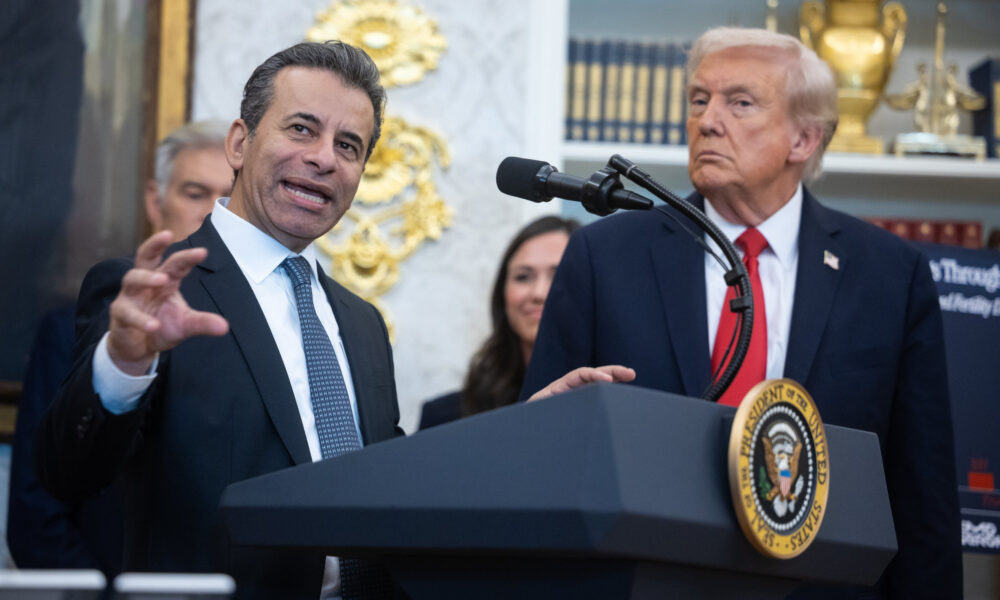Recent discussions surrounding masculinity have highlighted a growing concern about the influence of the manosphere on young men. This online subculture, often associated with toxic masculinity, has prompted calls for open dialogue and meaningful alternatives. In a letter published on November 2, 2023, Josh Sargent, a teenager who previously engaged with the manosphere, expressed the need for society to foster honest conversations with young men.
The issue extends beyond individual experiences; it encompasses the platforms that facilitate these harmful narratives. Sargent noted that social media diverts attention from valuable pursuits, such as reading literature, towards trivial content. He remarked, “in fairness, short-form content is slightly more engaging than Macbeth quotation flashcards.” This shift in focus raises concerns about the impact on young men’s perspectives and the development of their identities.
The education system is often critiqued for inadequacies, yet many young people have historically felt disconnected from it. This disillusionment is not new, as exemplified by the work of filmmaker John Hughes, who explored the pressures of conformity among youth. The notion of toxic masculinity frustrates some, who argue that men’s struggles are not unique and should not be used to justify harmful behavior towards women.
Responding to Sargent’s call, Siobhan Lyons, a media and cultural studies scholar from Sydney, Australia, emphasized the importance of redirecting young men’s disillusionment into constructive dialogues. She argued that social media platforms, particularly TikTok, contribute to the manosphere’s influence. Lyons urged young men to reclaim their attention spans by engaging with classic literature, such as East of Eden and The Handmaid’s Tale, rather than succumbing to the distractions of social media.
Dr. Michael J. Richardson, a senior lecturer at Newcastle University, shared his observations from a decade of working with young men in the north-east of England. He noted a pervasive disillusionment similar to what Sargent described; however, he argued that media narratives often oversimplify these challenges by framing them solely as misogyny. He highlighted the need for society to listen more attentively to young men’s voices. “We’re not lost. We’re just waiting for you to hear us,” he emphasized, reinforcing the idea that young men require validation rather than rescue.
In a more personal engagement, Vicky Dunn, a mother from Grimsby, Lincolnshire, gathered insights from her son and his friends, aged 17 to 19. They acknowledged the association of “toxic” with “masculinity” in online discussions but expressed nuanced views on gender roles. Most of the young men in her community are involved in practical trades or apprenticeships and identified issues within the education system, noting its rigidity and lack of adaptability.
The young men expressed a desire for more open conversations about masculinity, rather than being labeled as “lost.” They recognized the importance of community initiatives and respect for local youth activities, such as those provided by The Trin and the upcoming Horizon Centre. Dunn concluded that honest communication is essential, aligning with Sargent’s assertion that engaging young men in meaningful discussions about their experiences is crucial.
As society grapples with the complexities of masculinity, fostering open dialogues and providing avenues for young men to express themselves may be key in countering the influence of toxic ideologies. Understanding and addressing the underlying issues that young men face—such as financial pressures and societal expectations—will aid in dismantling harmful narratives and encourage healthier expressions of masculinity.







